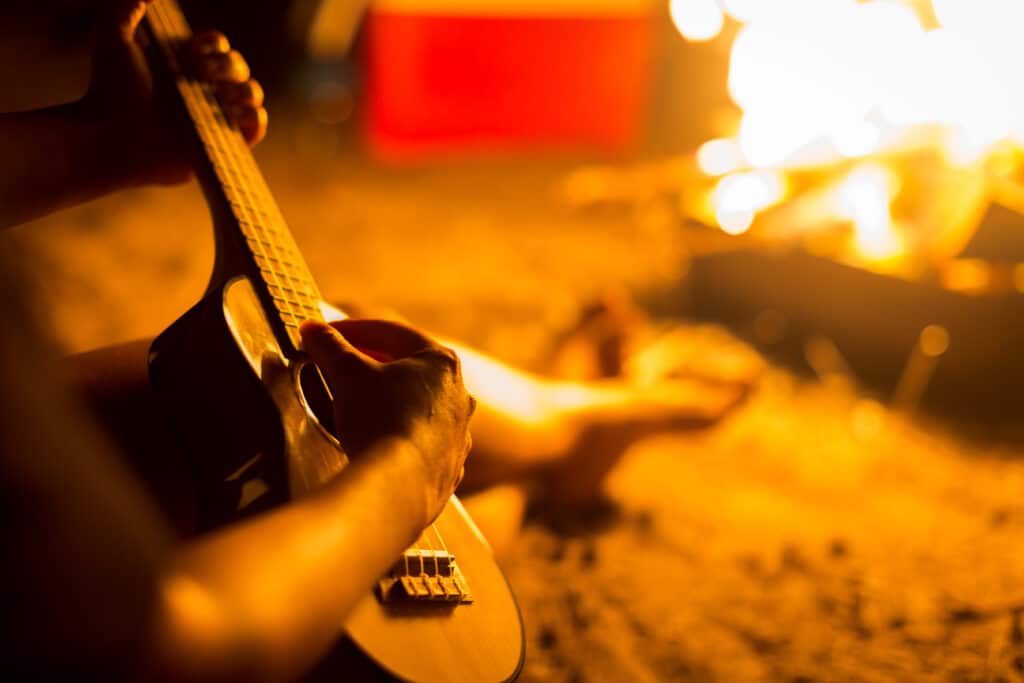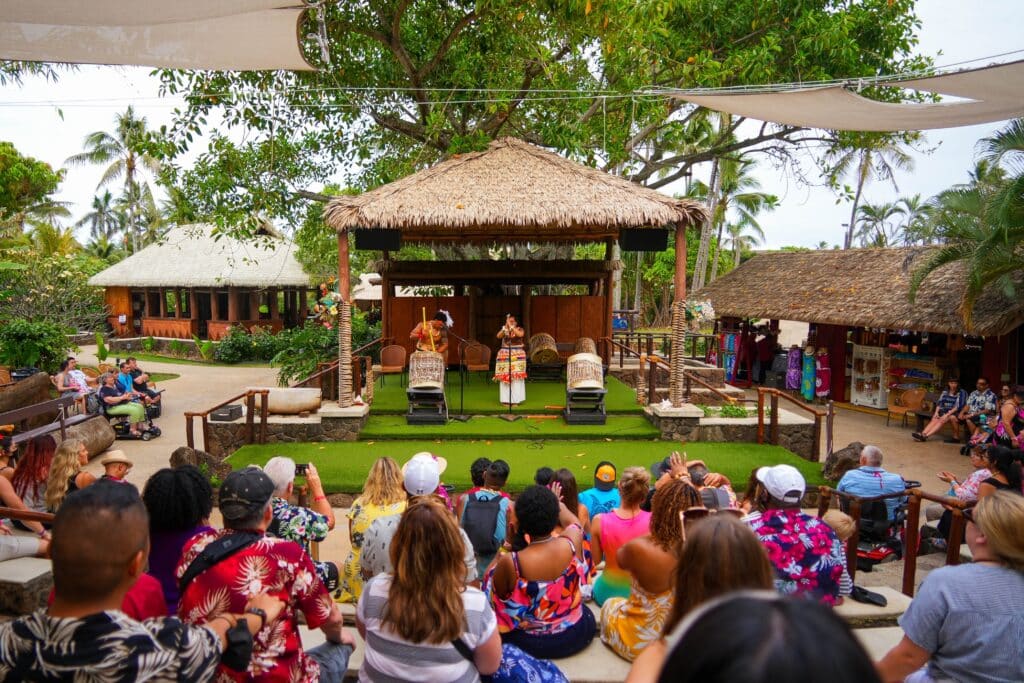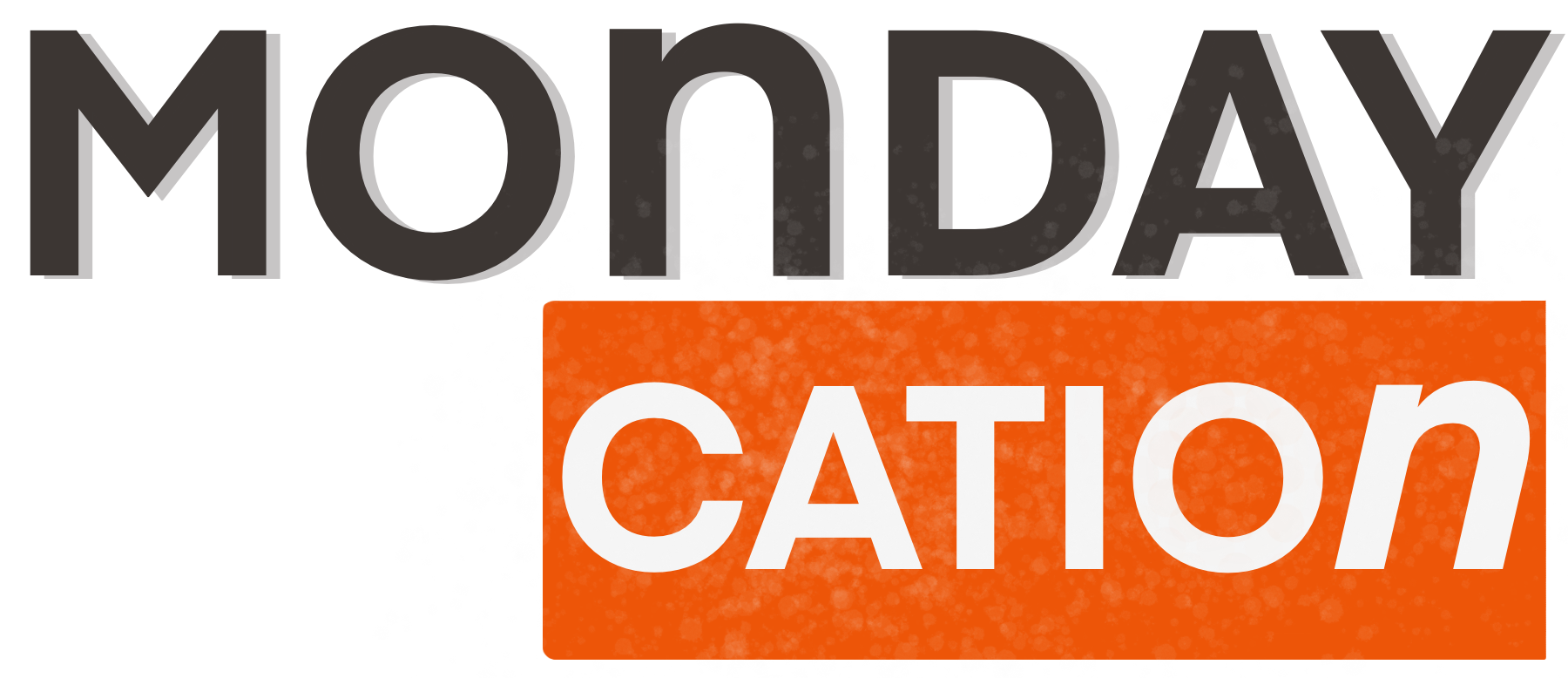If you land in Hawaiʻi, one of many first stuff you’ll discover is the sound. It’s not simply the rustle of palm bushes or the light crash of waves—it’s the music. Hawaiian music tells the tales of the islands. It carries the aloha spirit in each strum of the ʻukulele, each falsetto be aware, and each drumbeat that reaches again to historical instances, connecting it to the broader class of world music.

Beachfront jam session (Shutterstock)
Introduction to Hawaiian Music
Hawaiian music is a novel and fascinating style that originated within the islands. Conventional Hawaiian music is characterised by its easy construction and reverent, haunting beat, typically evoking a deep sense of connection to the land and its individuals. Over time, Hawaiian music has advanced, incorporating numerous kinds resembling rock ‘n roll, rap, jazz, and Jawaiian—a Hawaiian type of reggae music that has gained recognition worldwide.
The affect of various cultures has resulted in a novel mix of kinds that make Hawaiian music really particular. Vocal kinds are distinct, and the ukulele is a basic a part of Hawaiian music and tradition, including a lightweight, playful sound.
The Genres of Hawaiian Music
Hawaiian music is much from one-size-fits-all. It’s wealthy with kinds which have advanced over time, mixing native traditions with exterior influences.
- Conventional Hawaiian Music: Rooted in chants often called mele, they’re typically accompanied by historical percussion just like the ipu (gourd drum) or pūʻili (bamboo sticks). This model recounts legends, honors ancestors, and marks essential occasions. You’ll hear this music throughout hula performances and cultural ceremonies.
- Slack Key Guitar (Kī Hōʻalu): This can be a distinctly Hawaiian model of guitar enjoying the place strings are loosened, or “slacked,” to provide open tunings. The result’s a mellow, flowing sound that matches the rhythm of island life.
- Falsetto Singing (Leo Kiʻe Kiʻe): Male singers typically attain excessive, haunting notes on this conventional vocal model, which showcases emotion and storytelling. It’s a staple at Hawaiian music festivals and competitions.
- Up to date Hawaiian Music: A mix of reggae, rock, jazz, and R&B with Hawaiian roots. Artists like Israel Kamakawiwoʻole and Jack Johnson introduced Hawaiian music to the worldwide stage. Immediately’s playlists typically characteristic island reggae—or “Jawaiian”—in addition to upbeat pop from native bands.
- Kanikapila: A kanikapila is a method of casual jam session, typically held on seashores or backyards after a potluck. It’s spontaneous, soulful, and filled with laughter.
As one Twitter fan shared, “The most effective music second of my journey to Maui? A sundown kanikapila on the seashore with strangers who felt like household by the tip. #HawaiianVibes” — @IslandStrummer
What Is a Kanikapila?
Kanikapila comes from the Hawaiian words kani (sound) and pila (instrument). It’s much less a efficiency and extra an expertise. Locals collect with devices—ʻukulele, guitar, perhaps even a washtub bass—and play for the enjoyment of it. No stage, no tickets, simply music underneath the celebs. You’re more likely to hear basic Hawaiian songs, previous hapa haole tunes, and even Bob Marley covers. Guests who stumble throughout a kanikapila typically say it’s the spotlight of their journey.
One customer on Instagram wrote, “Chanced on a seashore jam in Waikīkī. Ended up dancing barefoot with strangers. Unreal! #kanikapila #Hawaiianmusic” — @BeachSoulSessions
If you wish to take part, many resorts, cultural facilities, and native parks host informal music nights. Some kanikapila occasions even welcome novices—simply carry your aloha spirit and an instrument for those who’ve received one.
Key Musical Devices in Conventional Hawaiian Music
Whether or not you’re listening to a proper live performance or a spontaneous seashore session, you’ll hear these musical devices shaping the sound of Hawaiian music.
- ʻUkulele: Gentle, playful, and iconic, the four-stringed ʻukulele is central to Hawaiian music. Launched by Portuguese immigrants within the late 19th century, Hawaiians made it their very own, naming it ʻukulele—typically translated as “leaping flea” for the way in which fingers dart throughout the fretboard. Immediately, you’ll discover totally different sizes like soprano, live performance, tenor, and baritone, every providing a barely totally different tone.
- Slack Key Guitar (Kī Hōʻalu): Performed solo or with vocals, it’s heat and intimate. Musicians detune or “slack” the guitar strings to open tunings, creating distinctive harmonies. Not like customary guitar kinds, slack key emphasizes fingerpicking, which permits melodies, bass, and rhythm to be performed on the similar time.
- Metal Guitar: Invented in Hawaiʻi by Joseph Kekuku within the 1880s, this instrument makes use of a steel slide to create easy, gliding tones. Its emotional, nearly vocal-like high quality deeply influenced blues and nation music on the mainland United States.
- Ipu and Pahu Drums: Conventional hula is incomplete with out percussion. The ipu is constructed from a hollowed gourd and used to mark time with rhythmic beats. The pahu, carved from coconut or breadfruit tree trunks and lined with sharkskin, produces deeper, extra resonant tones. The pahu was historically thought of sacred and utilized in ceremonies and storytelling by means of hula.
- ʻOhe Hano Ihu (Nostril Flute): A uncommon however stunning wind instrument fabricated from bamboo and performed by blowing air by means of the nostril. It was typically utilized in courting rituals and lullabies.
- Jaw Harp (ʻUkēkē): The one stringed instrument that’s really native to Hawaiʻi, the bow-shaped mouth harp was used to speak secret messages in songs between lovers.
- Fashionable Devices: In reggae, Jawaiian, and pop-fusion Hawaiian music, you’ll additionally hear bass guitars, drum kits, keyboards, and synthesizers. These mix seamlessly with conventional sounds, increasing the attain of Hawaiian music throughout genres and generations.
“Can’t cease replaying the slack key guitar I heard at sundown in Lahaina. One thing about that sound simply hits totally different. #AlohaNights” — @TravelTunez

Honolulu seashore music (Shutterstock)
Music Festivals in Hawaiʻi
Music festivals in Hawaiʻi are a implausible technique to expertise the islands’ vibrant music scene. One of the crucial celebrated occasions is the ‘Ukulele Pageant, held each July on the Kapiʻolani Park Bandstand. This competition celebrates the ukulele and its significance in Hawaiian music, bringing collectively artists of all ages to showcase their skills.
One other spotlight is the Kona Slack Key Pageant, held in September. This competition showcases the distinctive slack key guitar enjoying model, a staple of Hawaiian music that displays the islands’ relaxed local weather and tradition. These festivals characteristic a mixture of conventional and modern Hawaiian music, in addition to different genres resembling jazz and rock, offering a various musical expertise.
Music festivals carry individuals collectively in probably the most joyful methods — celebrating native expertise and island tradition. Whether or not you’re lounging on a beachside garden or dancing underneath the celebs, these occasions supply the right technique to calm down and join with Hawaiʻi’s wealthy musical heritage. It’s an expertise that stays with you—vivid, vibrant, and undeniably Hawaiian.
The place to Hear Hawaiian Music Reside
From bustling resort levels to quiet roadside cafés, reside music in Hawaiʻi is simple to search out if you realize the place to look. Listed here are a number of the finest spots:
- Waikīkī, Oʻahu: Nearly each evening, you’ll discover reside Hawaii music at venues just like the Royal Hawaiian Resort’s Mai Tai Bar or Duke’s Waikīkī. Take a look at free beachfront hula shows with reside music at Kūhiō Seaside Hula Mound.
- Polynesian Cultural Center: Positioned in Lā‘ie, Oʻahu, PCC gives immersive cultural experiences full with conventional music and dance performances. The Aliʻi Lūʻau and Hā: Breath of Life present characteristic distinctive musicians and vocalists.
- Maui Arts & Cultural Heart: A prime venue for each native legends and touring artists, from Hawaiian slack key gamers to jazz ensembles.
- Large Island Luaus: Many luaus in Kailua-Kona pair music, hula, and storytelling for a full cultural night. For an intimate vibe, head to the Blue Dragon Tavern in Kawaihae.
- Kauaʻi’s Smith Family Garden Luau: This long-running luau contains performances of conventional Hawaiian chants, hula, and modern music.
- Free Group Occasions: Look ahead to kanikapila periods, First Friday artwork nights, farmers markets, and even block events. You by no means know when or the place a bunch of musicians would possibly collect.
For upcoming reside reveals, native occasion calendars and resort concierge desks are nice sources. Additionally, go to Hawaii Public Radio for weekly music options and artist interviews.

Open-air theater on the Polynesian Cultural Heart (Shutterstock)
Plan Your Musical Journey
Regardless of which island you go to, Hawaiian music will probably be a part of your journey:
- Attend a Pageant: The Merrie Monarch Festival in Hilo (celebrated every spring) is the Olympics of hula, full with reside music. It’s an effective way to listen to conventional Hawaiian music in its purest type.
- Take a Lesson: Many resorts and cultural facilities supply ʻukulele lessons. Even a 30-minute intro session could have you strumming one thing candy.
- Assist Native Artists: Purchase CDs, stream music on Hawaiian platforms like Nā Hōkū Hanohano Awards, and observe native performers on social media to catch pop-up reveals or livestreams.
Useful Ideas
- Respect the tradition: Hawaiian music typically shares household tales and cultural historical past. Deal with performances with aloha—hear, study, and don’t interrupt.
- Costume for the event: In the event you’re heading to a luau or live performance, informal aloha put on is okay, however skip the swimsuit.
- Ask locals: The most effective music spots aren’t at all times marketed. Chat along with your Uber driver, bartender, or barista—they’ll know the place the great jams are.
Maintain the Rhythm Going
Whether or not you’re road-tripping the Big Island, lounging in Waikīkī, or mountaineering in Hāna, let the soundtrack of Hawaiian music will set the tone of your journey. It brings individuals collectively. It tells the story of the land. And for those who’re fortunate, you’ll end up dancing at a beachside kanikapila underneath the celebs.

